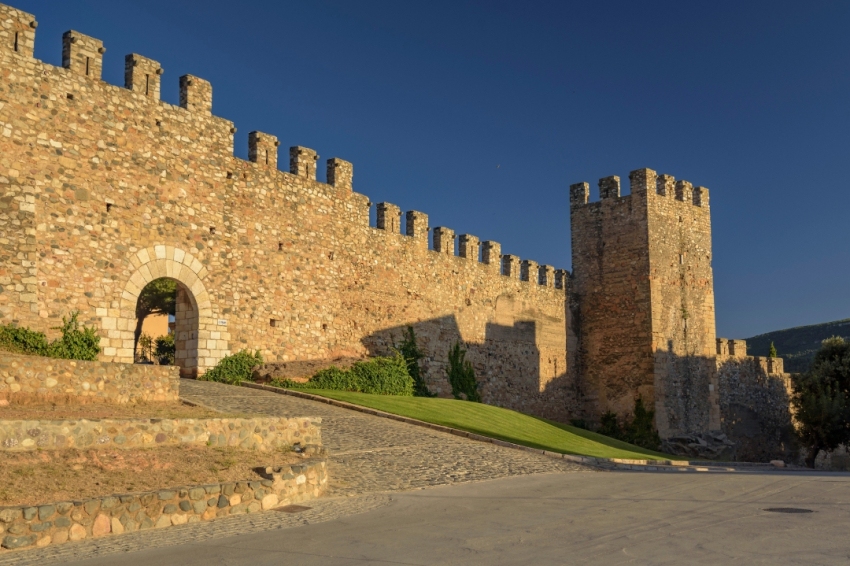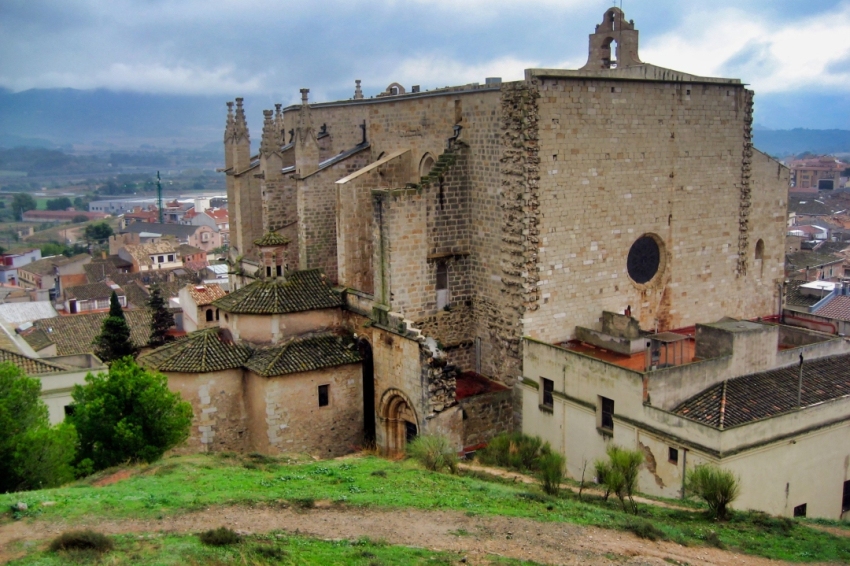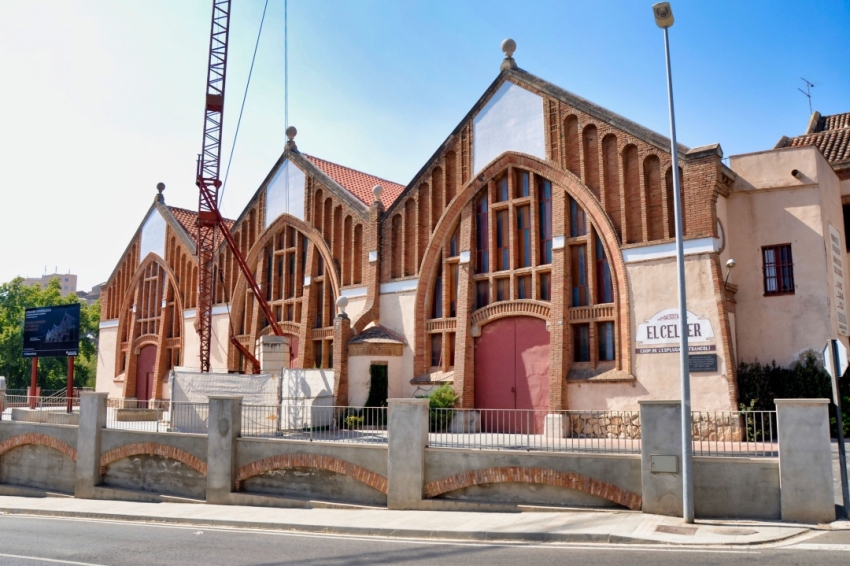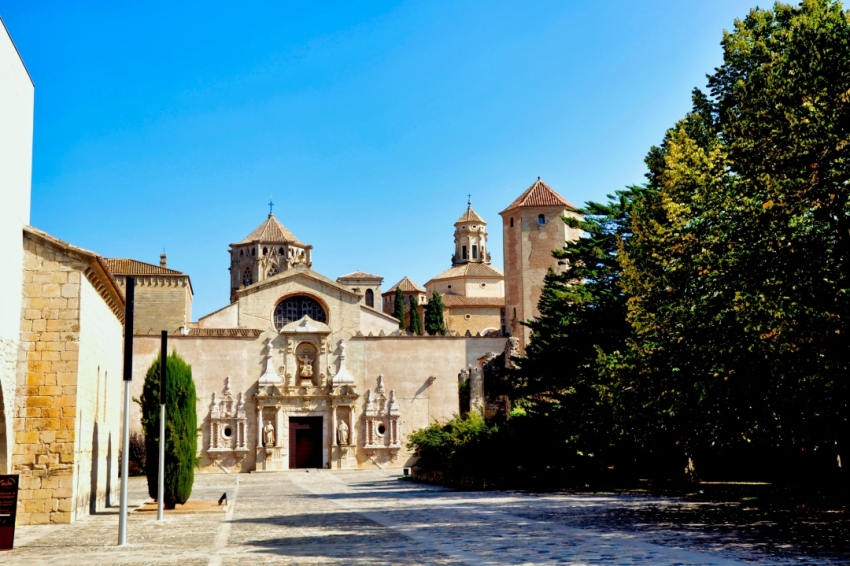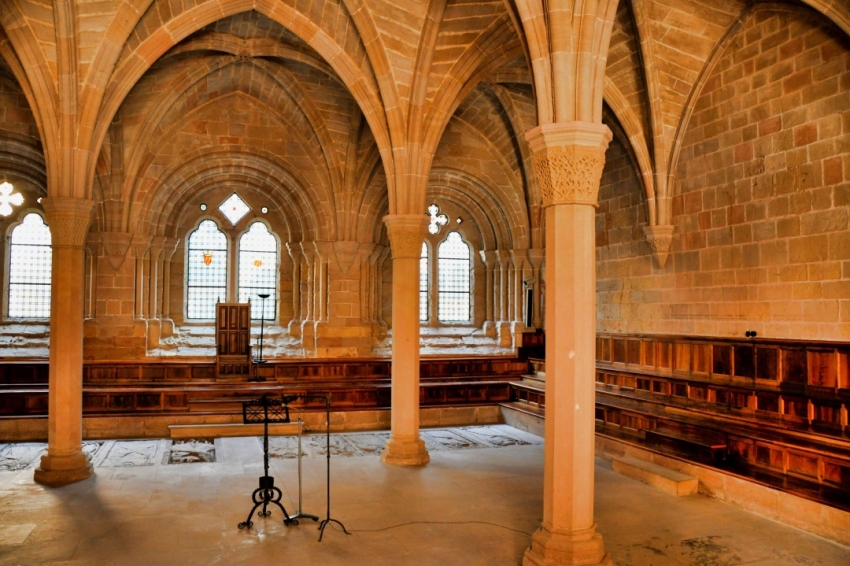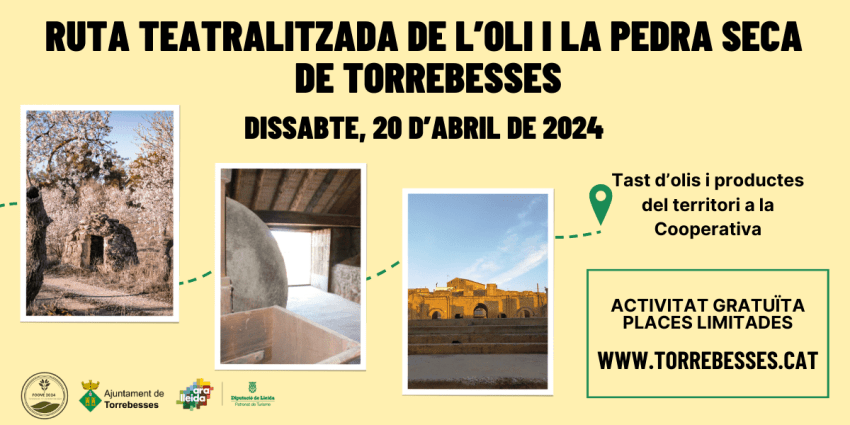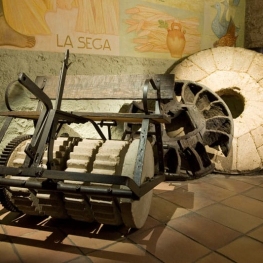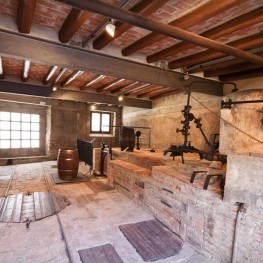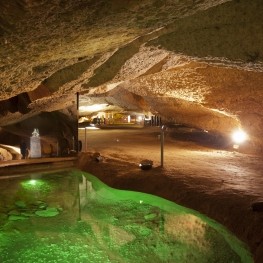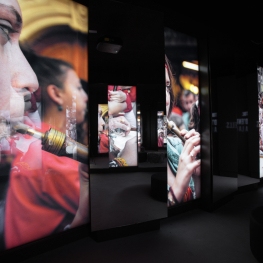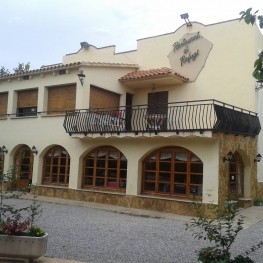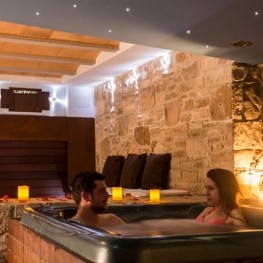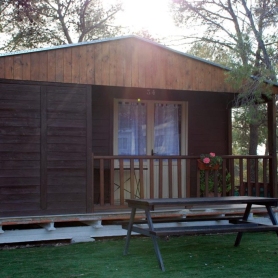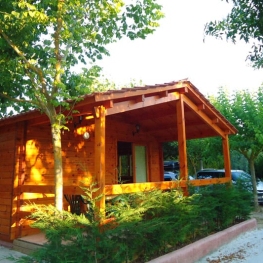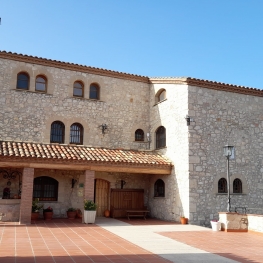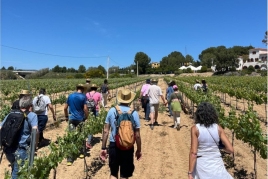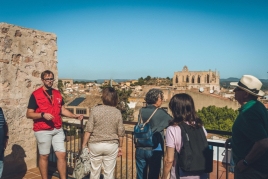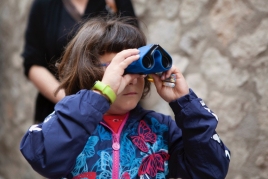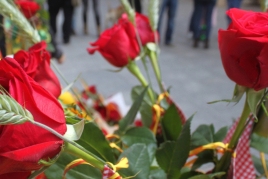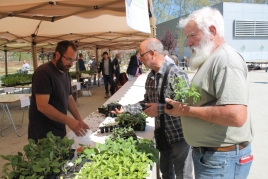Cistercian Route: The Poblet Monastery, history and present
This Cistercian Route, refers to the monastery of Poblet, located in the interior of the Catalan regions, in the Conca de Barberà region.
We will get closer to both the monastery and the secrets that the surroundings hide, with a strong role of its inhabitants from medieval times and of the farmers dedicated to the cultivation of the vineyard.
Route's villages
The Poblet Monastery is the center of visits to the region of La Conca de Barberà, however, there are numerous places of interest that surround this place. Due to the historical cultivation of vineyards in this area, it is worth noting the large presence of cooperative wineries distributed throughout the region, the work of Cèsar Martinell (a disciple of Antoni Gaudí) or Pere Domènech i Roura. We highlight up to six majestic buildings that in a Gothic style fulfilled their function as wineries located in: Montblanc, Espluga de Francolí, Roquefort de Queralt, Pira, Barberà de la Conca, Sarral...
Stroll through Montblanc, legendary town
We will start the route in the capital, Montblanc, which arises at the confluence of the Francolí and Anguera rivers. The history of the municipality dates back to the 11th century and therefore, apart from the pleasant medieval atmosphere that is breathed through the streets, we find a large number of interesting buildings to visit, highlighting the imposing wall that surrounds the municipality.
There are three religious buildings that must be visited. Firstly, the old church of Sant Francesc since it was an important center of worship, as well as later and due to abandonment it was used as a wine and spirits factory, currently it is used as an exhibition hall and tourist office. Secondly, the large church of Santa Maria Major and finally the Church of Sant Miquel, which during the 14th century was temporarily the seat of the Catalan Courts and the Parliament of Catalonia. All these constructions were built during the Middle Ages. On the other hand , the street of the Jews, the Pont Vell or the Casal de la Josa are other medieval and civil places perfectly integrated into the daily life of the people of Montblanquin.
It is the diverse and varied footprint of the inhabitants of Montblanc over time and the current interest in conservation that have allowed the old town to be declared a Monumental and Artistic Site and the cave paintings that are preserved, a World Heritage Site by UNESCO.. In addition, it is a legendary population in Catalonia since the Legend of Sant Jordi has been located, for which it has become a tradition for lovers to give each other a rose every April 23.
The surroundings of the capital
Taking the N-240 towards Lleida we will find Espluga de Francolí, a town known for the caves of Font Major modus vivendi of primitive men who lived in this area.
Furthermore, in Espluga de Francolí we find the oldest modernist cooperative winery in Catalonia, the work of Pere Domenech i Roura, where the Wine Museum is now located. Its beautiful forms and its majesty inspired Àngel Guimerà to baptize it with the name of “ The Cathedral of Wine ”.
Finally, it is worth noting the old hospital of Sant Joan and the Church of Sant Miquel as the most important buildings in the town.
From the center of Espluga de Francolí we will find indicators of the Poblet Monastery.
Following the national highway we will find Vimbodí and Poblet , the small town to which the Poblet Monastery belongs. Of the urban nucleus we will highlight the Museum of Glass, a building that reflects the strong weight that the glass industry had at the beginning of the 20th century and that is currently being recovered in a local craft school. As a religious construction inherited from the Middle Ages, it is interesting to visit the Church of the Transfiguration dedicated to San Salvador.
The Royal Monastery of Poblet
Four kilometers southwest of the center of Vimbodí and Poblet stands the majestic Poblet Monastery, but to get there you will have to cross the Poblet Forest. This natural area, classified as a Natural Area of National Interest, hides among its lush vegetation a multitude of perfectly indicated corners where you can walk. We will highlight the "La Pena" viewpoint, located near the forest house, as it offers spectacular views of the region, La Fuente del Boyo and the Puente del Salt as picnic areas where you can take a dip. Finally, two recreational areas have been set up, with water, tables, stoves, parking... called Barranco de Castellfollit and Les Colònies, perfect for going with children.
The Poblet Monastery was founded in 1150 by King Ramón Berenguer IV of Catalonia and his wife Queen Peronella. It was established as a Cistercian monastery and became one of the most important monasteries in the Iberian Peninsula during the Middle Ages. The monastery played a key role in the repopulation and development of the area.
The monastery was built in the Romanesque style but Gothic style elements have been added over the years. The cloister, the church and the abbey palace stand out. The monastery also has a large chapter house, a staff room and a library.
The monastery was abandoned and in ruins during the time of the confiscation, but it was restored and recognized as a National Monument in 1930. Currently, the Poblet monastery is a UNESCO World Heritage Site and is home to a community of Cistercian nuns who continue to live and work in the monastery.
Poblet Monastery is open to the public and offers guided tours to discover its rich history and architecture. The tour includes access to the church, the cloister, the abbatial palace and other important spaces. You can also visit the chapter house and the library, where numerous manuscripts and old books are preserved.
The Poblet Monastery is one of the main tourist attractions in the Conca de Barberà region and a must for lovers of history and art. The surroundings of the monastery offer a privileged natural environment, perfect for walks and excursions.
You may also be interested in: Know the religious heritage
What to do
Museu de la Vida Rural
L'Espluga de FrancolíA visit to the Rural Life Museum of the Carulla Foundation, located…
Museu Fassina Balanyà
L'Espluga de FrancolíLa Fassina is an old factory dedicated to the distillation of brandy…
Coves de l'Espluga de Francolí
L'Espluga de FrancolíThe L'Espluga Caves are natural cavities used by man since Paleolithic times.…
Mon Casteller- Museu Casteller de Catalunya
Valls (a 9.7 Km)Visit the Casteller de Catalunya Museum and discover the origins of the…
Where to eat
Where to sleep
Càmping Santes Creus
Aiguamúrcia (a 5.5 Km)In the countryside where to spend a few days with family, surrounded…
Càmping Prades Park
Prades (a 11.7 Km)Camping Prades Park offers an ideal setting for what most appeals to…
Mas Baldrich / Petit Mas Baldrich
Querol (a 9.9 Km)Mas Baldrich is a typical Catalan farmhouse built during the 19th century,…

